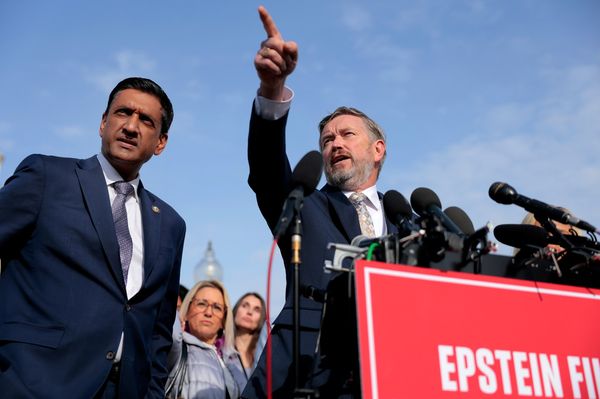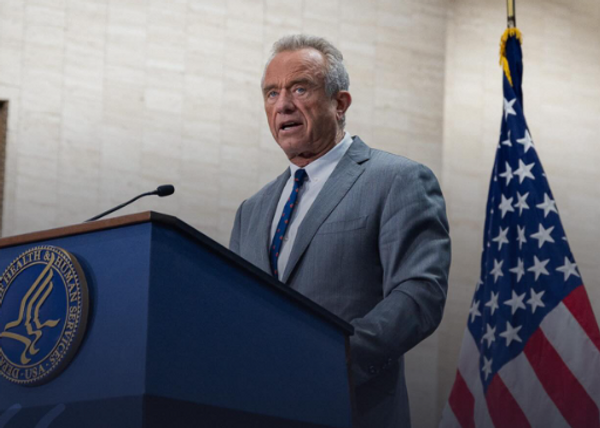
Consumer price figures released on Wednesday will determine whether a cautious Reserve Bank of Australia will give millions of mortgaged Australians a rate cut next month, economists say.
The RBA board earlier this month shocked the market and experts when, in a split decision, it decided to hold its key cash rate at 3.85%, defying near-unanimous predictions of a move to lower it.
Two weeks away from the board’s next meeting on 11-12 August, slightly chastened investors and analysts are once again assuming a rate cut is a done deal – with only one caveat.
“Unless this [week’s inflation report] is a surprise … then almost certainly we will get a rate cut,” said Jonathan Kearns, chief economist at investment firm Challenger and a former senior RBA official.
The message from ANZ’s head of Australian economics, Adam Boyton, was the same: a high consumer price number could “derail an August rate cut”.
Sign up: AU Breaking News email
Which begs a broader question: If inflation is already below the mid-point of the central bank’s 2% to 3% target range – and if the RBA believes monetary policy is slowing the economy – then why are we even still in this will-they-won’t-they discussion?
The Australian Bureau of Statistics’s consumer price report will show inflation eased further to 2.2% in the year to June, from 2.4% in June, according to the median analyst forecast. Inflation has dropped in almost every quarter since it peaked at 7.8% at the end of 2022.
It’s no surprise then that the message from Michele Bullock, the central bank’s governor, is that interest rates are on the way down.
But as much as indebted homeowners are crying out for the relief rate cuts bring, the message is also that the RBA will not be rushed.
In deciding to hold rates at the last meeting, the majority of board members decided there was merit in “waiting for a little more information to confirm that inflation remains on track to be at 2.5% on a sustainable basis”.
Monthly price figures, which offer only a partial picture, suggested there were still some lingering worries inflation was not dropping as quickly as hoped, Bullock has said.
There are also the ongoing worries that Donald Trump will announce a major new escalation in his trade aggression. And the fact that billions of dollars in taxpayer-funded subsidies have provided an artificial tailwind in the race to bring inflation back under control.
Household electricity bills, for example, would be 26% higher today were it not for temporary rebates from federal and state governments.
As these handouts end, inflation will drift back towards 3% by the end of the year, according to the RBA’s May forecasts, and then it will take 18 months to get back to 2.6%.
As is its usual practice, the central bank focuses on an underlying measure of inflation that strips out more volatile price movements, such as for electricity and petrol, to get a clearer picture. Using a “trimmed mean” measure rather than the “headline” rate, inflation has only just returned to the target band, at 2.9% in the year to March.
It is this core inflation rate that economists will be focused on come Wednesday at 11:30am.
Kearns said a “surprise” result would be consumer prices rising “materially” faster than the anticipated 0.7% increase in the underlying figure in the three months to June. A rise of 0.9% – which would push the annual rate to 3% – or more “would certainly” give the RBA board pause for thought, he said.
Boyton said he expected the quarterly underlying inflation figure would come in at 0.6%, or 2.7% year-on-year.
That said, even a 0.8% quarterly increase would “present a challenge for the board”.







